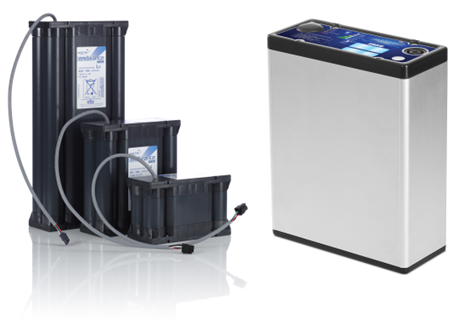Batteries
Batteries
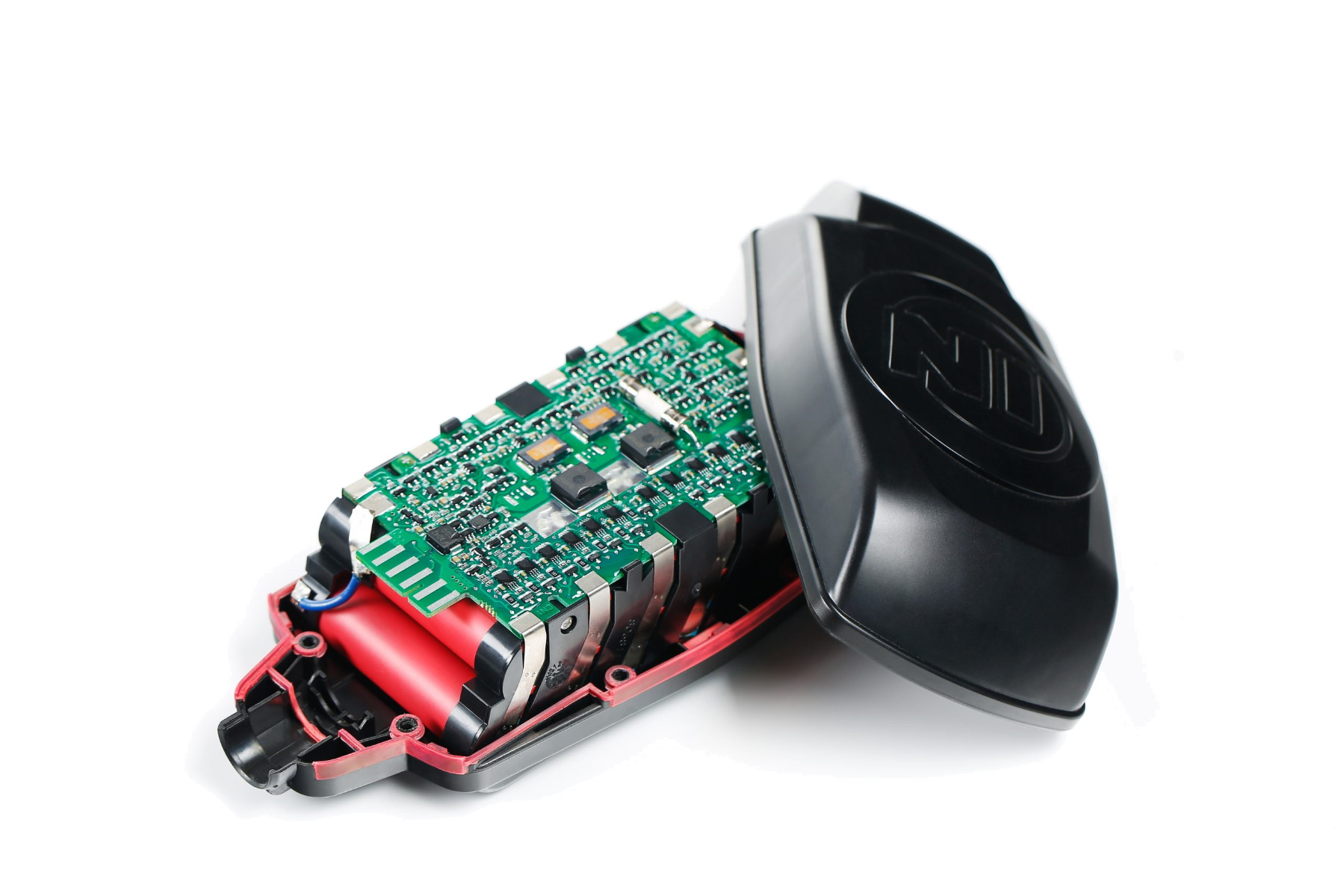
Energy storage applications are a natural extension of our power supply remit. There are many energy storage chemistries to choose from: Lead Acid (and subsequent variants), Nickel Metal hydride, Nickel Cadmium, Lithium ion (and subsequent variants) to name the core options, all of which have their characteristics that lend themselves to different applications and commercial requirements. Fidus power are at hand to guide you in the complicated decision-making process to find the right power and energy storage system for you, whether you are working on a new product design or an upgrade / retrofit of an existing system one of our offerings will suit your requirements.
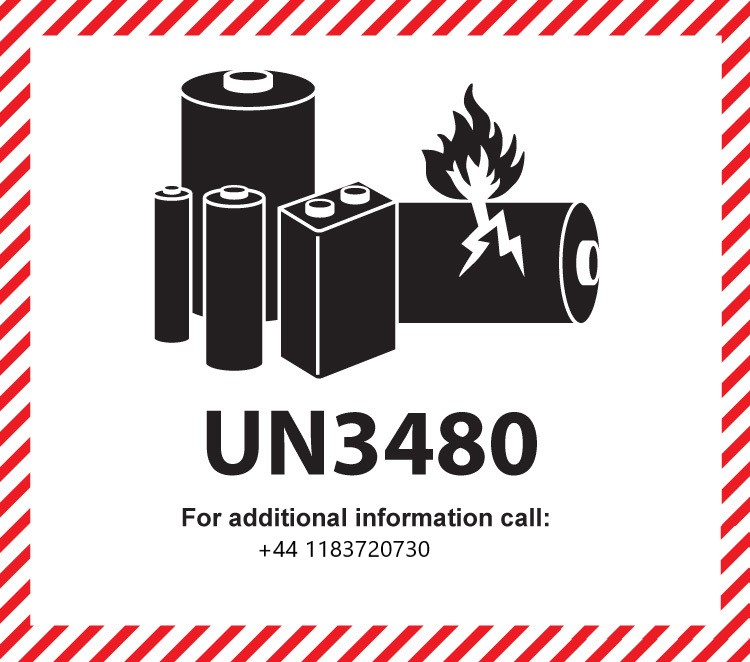
We understand the safety requirements for transportation, operation, charging and storage of various battery systems. For some chemistries transportation is restrictive and can only be facilitated by land / sea. These constraints in the coordination of the manufacturing process can naturally cause headaches when planning production causing costly unwanted delays. Being aware of these restrictions helps us deliver not only the right technical solution for you, but one that is commercially viable and is aligned to your product’s route to market.
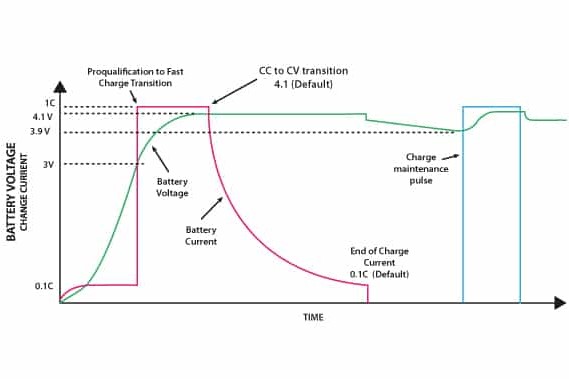
Charging of batteries is a vast topic that varies from chemistry to chemistry and even varies with different capacities of the same chemistry types! The charging and management of batteries needs careful consideration to promote not only safety but also the lifetime of the pack and appropriate expected operation to suit the needs of the load. We offer guidance with your integrated onboard charger development for portable applications where it is integrated to your main PCB board, offer separate chargers for larger systems or fully integrated backup UPS cabinets.

Ambient temperature plays a large part in the decision making process of choosing a chemistry. Some chemistries will not charge below 0 degrees and others will not operate above 45 degrees, whilst others can charge at -20 and operate at -30 to 85 degrees. The overheating of batteries plays an important part of the safety precautions, both in charge and discharge phases. An exothermic chemical process is occurring when the battery is in use, if this is not controlled and monitored there can be a thermal runaway where cells can rupture and or catch fire.
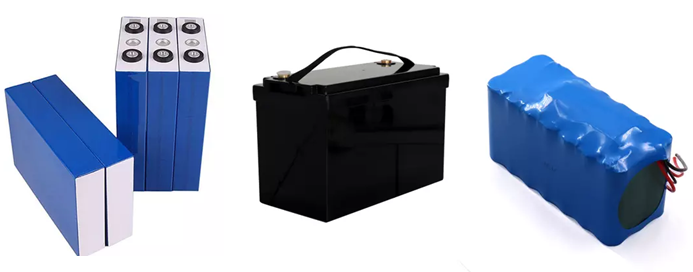
Autonomy of batteries, or more commonly known as lifetime, is a complicated topic which if misunderstood will result in disappointing battery performance in the form of early degradation and reduced capacity. Depending on the number of cycles, depth of discharge, thermal operation, rate of charge and discharge the desired autonomy for a battery (often the one stated by the manufacturer) is not achieved. Typically this is misunderstood as a defective product, but deep diving into the application details nearly always reveals that the application does not shadow the requirements outlined by the manufacturer to achieve the published guaranteed autonomy. Not achieving the expected lifetime is not only disappointing for you or your customer there are also hidden costs of ownership that may not be apparent when first commercially comparing options. The inexpensive solution may seem attractive, but if it needs regular servicing the cost of that servicing may well mean the total cost of ownership for a more expensive solution is less and really needs to be considered at the design phase of the system for the product to be economically viable.

